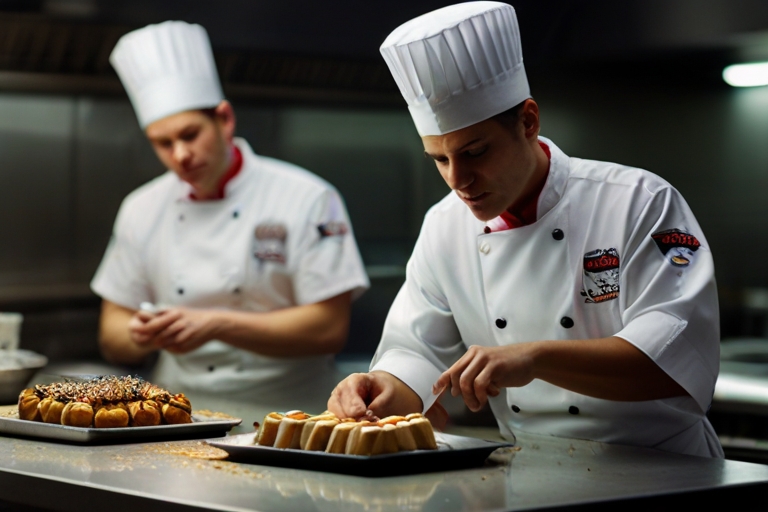Nurturing Your Edible Flower Garden: Essential Tips for Cultivatio
Welcome to the world of edible flower gardening, where beauty meets culinary delight in your own backyard. In this guide, we’ll explore essential tips and techniques for nurturing a thriving edible flower garden, from selecting the right varieties to harvesting and enjoying your blooms in delicious culinary creations. Whether you’re a seasoned gardener or a novice enthusiast, get ready to cultivate a bountiful garden that will nourish both body and soul with its vibrant colors and delectable flavors.
Selecting the Right Varieties: When planning your edible flower garden, it’s essential to choose varieties that are not only beautiful but also safe and flavorful for culinary use. Some popular edible flowers to consider include pansies, nasturtiums, calendula, borage, violets, and lavender. Before planting, research the specific growing conditions and care requirements for each variety to ensure success in your garden.
Preparing the Soil: Before planting your edible flowers, prepare the soil to provide the best possible growing conditions. Ensure that the soil is well-draining and rich in organic matter, such as compost or aged manure, to promote healthy root development and abundant flowering. Amend the soil with any necessary nutrients or pH adjustments based on the needs of your chosen flower varieties.
Planting and Care: Once your soil is prepared, it’s time to plant your edible flowers. Follow the spacing and planting depth recommendations for each variety, and water thoroughly after planting to help establish the roots. Throughout the growing season, monitor soil moisture levels and water as needed, being careful not to overwater, which can lead to root rot. Regularly inspect your plants for signs of pests or disease, and address any issues promptly to keep your garden healthy and thriving.
Harvesting Edible Blooms: As your edible flowers begin to bloom, it’s important to harvest them at the peak of freshness for the best flavor and appearance. Use clean, sharp scissors or garden shears to snip the blooms early in the morning when they’re at their most flavorful and aromatic. Remove any damaged or wilted petals, and gently rinse the blooms under cool water to remove any dirt or debris before using them in culinary creations.
Enjoying Culinary Creations: The true joy of an edible flower garden comes from harvesting your blooms and incorporating them into delicious culinary creations. Experiment with using edible flowers as garnishes for salads, desserts, cocktails, and savory dishes to add a pop of color and flavor to your meals. Get creative in the kitchen and let your imagination run wild as you explore the endless possibilities for using your homegrown blooms in delectable dishes that will delight your taste buds and impress your guests.
With these essential tips for cultivating an edible flower garden, you can nurture a beautiful and bountiful oasis that will provide both visual beauty and culinary delight in your own backyard. Whether you’re growing pansies for salads, lavender for desserts, or calendula for herbal teas, the key is to provide the right growing conditions and care to ensure the success of your garden. So roll up your sleeves, dig in the dirt, and let the magic of edible flowers transform your garden and your kitchen into vibrant sources of nourishment and joy.



